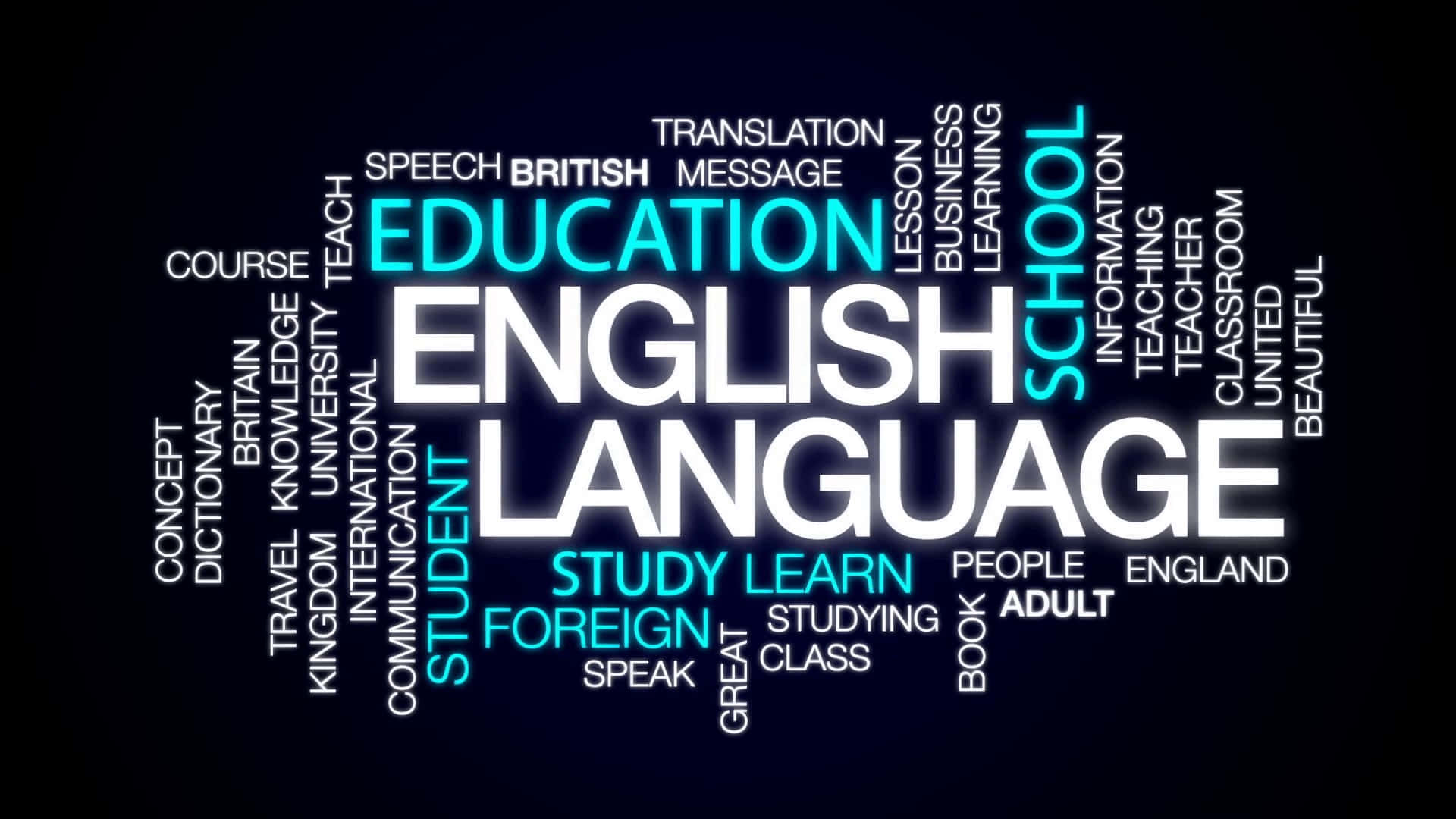The terms “concise” and “comprehensive” are both used to describe the nature of information or communication, but they refer to different characteristics.
Concise
Concise refers to expressing information clearly and succinctly, using few words. A concise message is brief and to the point, eliminating unnecessary details and focusing on the core idea. The primary goal of conciseness is to convey information quickly and efficiently without losing clarity.
Examples:
- A concise summary of a report might capture the key findings in a few sentences.
- A concise email might provide the necessary information in a short, direct format.
Usage Context:
- Ideal for situations where brevity is important, such as executive summaries, text messages, or when addressing an audience with limited time.
Comprehensive
Comprehensive means covering all or nearly all elements or aspects of a subject. A comprehensive message includes a wide range of details, providing a thorough understanding of the topic. The primary goal of comprehensiveness is to ensure that all relevant information is included and nothing significant is omitted.
Examples:
- A comprehensive report might detail every aspect of a research project, including methodology, data analysis, results, and conclusions.
- A comprehensive guide might provide extensive instructions, background information, and troubleshooting tips.
Usage Context:
- Ideal for situations where detailed information is necessary, such as academic papers, technical manuals, or detailed planning documents.
Key Differences
- Length and Detail:
- Concise: Short and to the point, containing only the essential information.
- Comprehensive: Lengthy and detailed, covering all necessary aspects of the topic.
- Purpose:
- Concise: To convey information quickly and efficiently.
- Comprehensive: To provide a full and thorough understanding of a subject.
- Examples in Communication:
- Concise Communication: “The meeting is at 10 AM in room 301.”
- Comprehensive Communication: “The meeting at 10 AM in room 301 will cover the annual budget review, departmental updates, and planning for the upcoming projects. Please bring your reports and be prepared for a detailed discussion.”
Conclusion
Both concise and comprehensive communication styles have their place depending on the context and the audience’s needs. Concise communication is best when brevity and clarity are paramount, while comprehensive communication is necessary when a full, detailed exploration of a topic is required.
